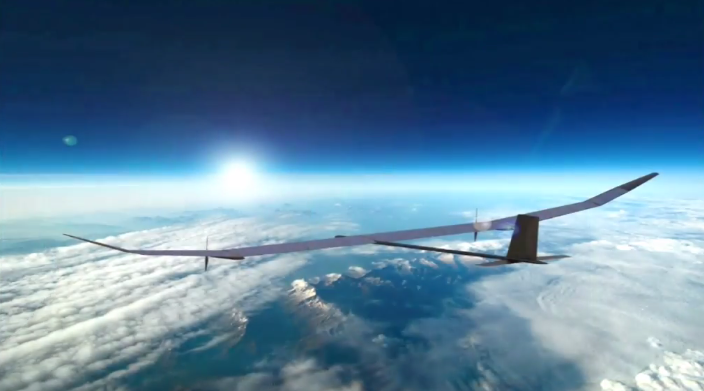BAE Systems and another UK firm, Prismatic, are joining forces to develop a solar-powerd high-altitude unmanned aerial vehicle (UAV) with the potential to remain airborne for up to one year.
BAE Systems and another UK firm, Prismatic, are joining forces to develop a new solar electric unmanned aerial vehicle (UAV) with the potential to fly for up to one year before needing maintenance. Solar-powered High Altitude, Long Endurance (HALE) vehicles are claimed to offer a significantly cheaper alternative to conventional satellite technology.
The two partners have agreed to collaborate on the development of the new solar-powered HALE UAV known as PHASA-35, with work already underway to prepare the first aircraft to be ready for flight tests in 2019. PHASA stands for Persistent High Altitude Solar Aircraft.
The partners say the platform — which features a 35m wingspan and weighs just 150kg — would offer a year-round, low-cost persistent service for a wide range of needs including surveillance and vital communications to remote area. A quarter-scale model (designated PHASA-8) completed a successful maiden flight in 2017.
BAE Systems says it will invest in the development and flight testing of the PHASA-35 system and will provide expertise in aerospace technology and project management to progress the PHASA-35 programme through to a marketable offering.
The concept is similar to the Zephyr High Altitude Pseudo-Satellite (HAPS) UAV proposed by Airbus. The UK Ministry of Defence has already ordered three Zephyrs as part of an Operational Concept Demonstrator (OCD) to assess the system's capabilities and explore its potential for use by the UK Armed Forces and other Government departments.
Pseudo-satellites have also attracted the attention of the European Space Agency, which is investigating their potential as a complement to conventional satellites.

